The very word strikes our taste buds like lightening and fills our minds with images of rich cream, light dough, and a creamy topping that just whisks us away to old Paris. Chocolate Éclair Day celebrates one of the most decadent of treats to come out of the confectioners trade since time out of mind. While there are as many varieties of Éclair as there are confectioners to create new delicacies, but the one that is a strong stand by that leaves us all drooling is the Chocolate Éclair.
Éclair… An enticing name for a treat, it even sounds decadent, but what does it actually mean? Éclair means “flash of lightning” and describes the speed at which these delicacies will disappear if left unguarded. These delicious treats were said to have first been invented by the French Chef Antonin Carême, a man with a tragic history that led to a grand creation in the early 19th century. He was abandoned by his parents in the tumultuous days of the French Revolution and found work as kitchen boy to keep himself housed and fed. Some time later he found himself working as an apprentice to a famous pâtissier named Sylvain Bailly.
The young boy blossomed into an amazingly talented chef, so talented in fact that when he left Bailly’s training he was able to move from employer to employer with impunity. This was rare in a time when one’s employer practically owned them, in this case, he could move freely, such was his talent. Out of that talent came a long-standing love for the delicacy that would disappear so fast it was named for this tendency. Some time later the Chocolate Éclair was invented and took its well-deserved position as the King of the Éclair.
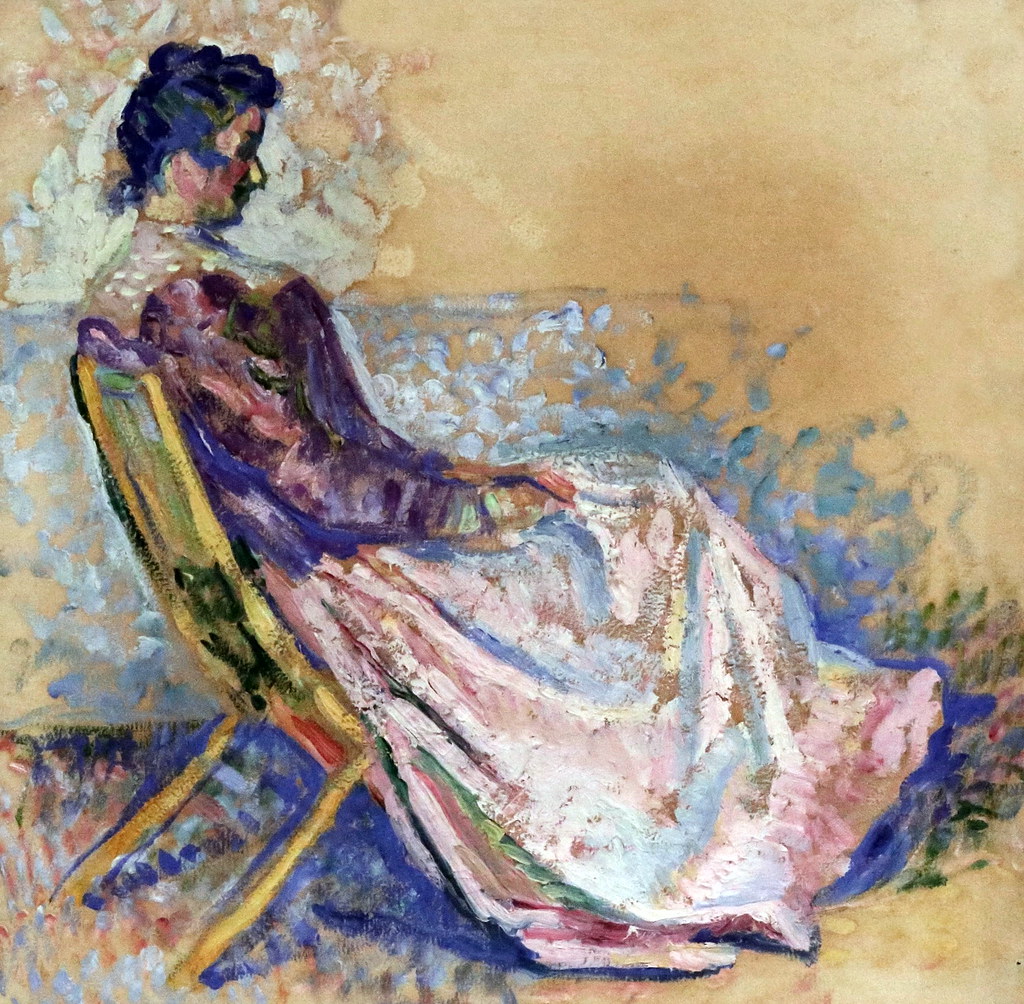
Word of the Day
| |||
| Definition: | (adjective) Lively and playful; frisky. | ||
| Synonyms: | frolicky, frolicsome, rollicking, sportive | ||
| Usage: | The substitute teacher found himself entirely overwhelmed by the energetic seventh-graders, whose coltish antics disrupted the lesson time and time again. | ||
Idiom of the Day
at a (single) stroke— All at once, with a single decisive or powerful action. |
History
Kodak Announces Discontinuation of Kodachrome Film (2009)
Manufactured by Kodak from 1935 to 2009, Kodachrome was the first commercially successful color film and was used to capture some of the most iconic images of the late 20th century. The film was known for its stability—if stored properly, it could be developed decades after being exposed and would retain its color and density for decades. Yet, advances in digital photography and the development of competing films considerably reduced demand.
John Herbert Dillinger, Jr. (1903)
Raised in Indiana by a widowed father, Dillinger served a prison term for attempted robbery, then organized a gang and terrorized the Midwest in 1933. He became one of the most notorious criminals in the US. The infamous bank robber escaped jail twice, was involved in 16 killings, and was declared "public enemy number one" before being killed on a Chicago street by FBI agents at the age of 31.
Lajkonik
The most popular folk festival in Kraków, Poland, Lajkonik is believed to commemorate the horseman who carried the news of the Tartar defeat during the 13th-century Tartar invasions. A bearded horseman in oriental costume riding a richly draped wooden hobby-horse—the Lajkonik—collects money from the crowds lining the streets, tapping each donor with his rod to bring them good luck. Eventually he ends up in the market square, where he dances for the assembled dignitaries and receives from them a sack of money and a glass of wine, which he consumes after toasting the well-being of the city.
SO HOT!
1611 - English explorer Henry Hudson, his son and several other people were set adrift in present-day Hudson Bay by mutineers.
1832 - J.I. Howe patented the pin machine.
1868 - Arkansas was re-admitted to the Union.
1911 - King George V of England was crowned.
1939 - The first U.S. water-ski tournament was held at Jones Beach, on Long Island, New York.
1944 - U.S. President Franklin Roosevelt signed the "GI Bill of Rights" to provide broad benefits for veterans of the war.
1974 - In Chicago, the Sears Tower Skydeck opened. (Willis Tower)
1978 - James W. Christy and Robert S. Harrington discovered the only known moon of Pluto. The moon is named Charon.
1990 - Billy Joel became the first rock artist to perform at Yankee Stadium.
1998 - The 75th National Marbles Tournament began in Wildwood, NJ.
DAILY SQU-EEK
READERS INFO
The original British Wool Festival
Friday 23rd (10am - 6pm) & Saturday 24th June 2017 (10am - 5pm)
Mitchells Lakeland Livestock Centre, Cockermouth, Cumbria CA13 0QQ.
Woolfest was founded to provide a showcase and a celebration of the best of wool and wool crafts. The event is all about creativity and design with beautiful quality, amazing colors and skilled craftsmanship. It is also a great day out and was recognized in 2012 when Woolfest won the Cumbria Tourism Event of the Year Award.
further information: Woolfest - British Wool Festival, Cockermouth, Cumbria
2.
Black Sheep Gathering
June 23-25, 2017
Lane County Fairgrounds
Eugene, Oregon
There have been some changes over the last few years, but you'll still find the welcoming fiber event that has been going strong for 42 years! As usual, we offer three full days of workshops and classes, gorgeous fleeces for public judging and sale, and sheep and Angora goat shows that emphasize the beautiful fibers these animals produce. We hope to see everyone at the potluck on Saturday night, and don't forget to join the enthusiastic crowd after dinner for the Spinners' Lead, where you can be entertained by the animals and inspired by the items their fleeces produced.
As always, Admission & Parking at the Gathering are FREE!
Take part in one of the most unique events in the country celebrating natural colored animals and their fiber.
Take part in one of the most unique events in the country celebrating natural colored animals and their fiber.
further information: Black Sheep Gathering
Pictures of the day

The Evening Air, a c. 1893 oil painting on canvas by Henri-Edmond Cross (1856–1910). It uses a technique known as pointillism, in which small, distinct dots of color are applied in patterns to form an image. Developed by Georges Seurat and Paul Signac in 1886, this technique became part of the Neo-Impressionist movement.
HIKERS STUMBLE UPON RARE SIGHT OF
AN OWL SWIMMING THROUGH A CANYON

Hikers walking through a canyon in Lake Powell between Arizona and Utah stumble upon a rare sight .
.
Portrait of Dr. Soins, by Henri Edmond Cross
knit
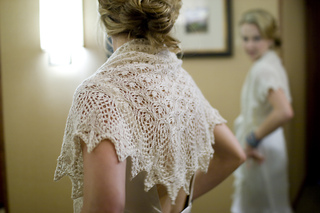
knit
thanks, Adele
knit
thanks, Connie
knit

knit
Knitted Spiral Square Baby Blanket
by craftbits
This fun baby blanket knitting pattern is worked from the center out in a spiral. Use three colors of yarn and include a crocheted edging to keep the Stockinette from curling.

set of size 7 US (4.5 mm) double-pointed needles and a circular needle (or two to get a longer cable as you work)
size 7 (4.5 mm) crochet hook
Gauge is 16 stitches and 26 rounds per 4 inches/10 cm in Stockinette Stitch in the round, or 4 stitches and 6.5 rows per inch/2.5 cm.
Finished blanket is roughly 33 inches/83 cm square, but you could keep going with more yarn or additional colors to make it larger if you wanted. As is, it's a great stroller blanket.

What you need
I used about 640 yards or four balls of Spud & Chloe Sweater, which works out to two skeins of color A (mine is Turtle) and one each of B and C (Moonlight and Pollen, respectively). Mine was a scrap project so the numbers aren't exact, and you will need more of C than you do of Bset of size 7 US (4.5 mm) double-pointed needles and a circular needle (or two to get a longer cable as you work)
size 7 (4.5 mm) crochet hook
Gauge is 16 stitches and 26 rounds per 4 inches/10 cm in Stockinette Stitch in the round, or 4 stitches and 6.5 rows per inch/2.5 cm.
Finished blanket is roughly 33 inches/83 cm square, but you could keep going with more yarn or additional colors to make it larger if you wanted. As is, it's a great stroller blanket.
Instructions
Beginning with color A and double-pointed needles, cast on 8 stitches. Divide onto 4 needles and join for working in the round,being careful not to twist the stitches.
Knit in the front and back of each stitch. 16 stitches.
*Yarn over, knit to the end of the needle. Repeat from * to end. 20 stitches.
Repeat this round, changing to a circular needle (and adding stitch markers at the increase points if desired) when needed, until your center square is about 12 inches/30.5 cm across. (This took me 36 rounds.)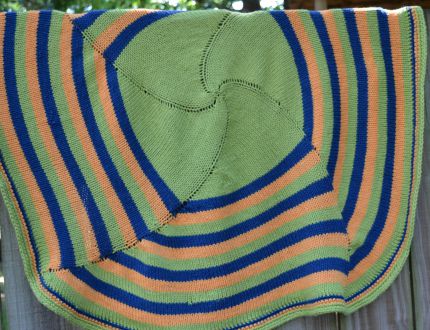

Change to color B and continue in pattern for 5 rounds.
Change to color C and continue in pattern for 5 rounds.
Change to color A and continue in pattern for 5 rounds.
Continue in pattern, changing colors every 5 rounds, 3 more times, for 4 total repeats of the stripe pattern, or 60 rounds, ending with color A. Bind off in pattern using color A.
To finish the blanket I worked one round of single crochet around the outside in color B, then one in color C and two in color A. This almost completely wiped me out of yarn, so if your blanket is any bigger you will need more yarn.
Weave in ends. For best results, wash and block before using so it will flatten out.

crochet
thanks, Clara

crochet

crochet

crochet

thanks, Helen

RECIPE
thanks, Shelley

CROCKPOT RECIPE
thanks, Sara
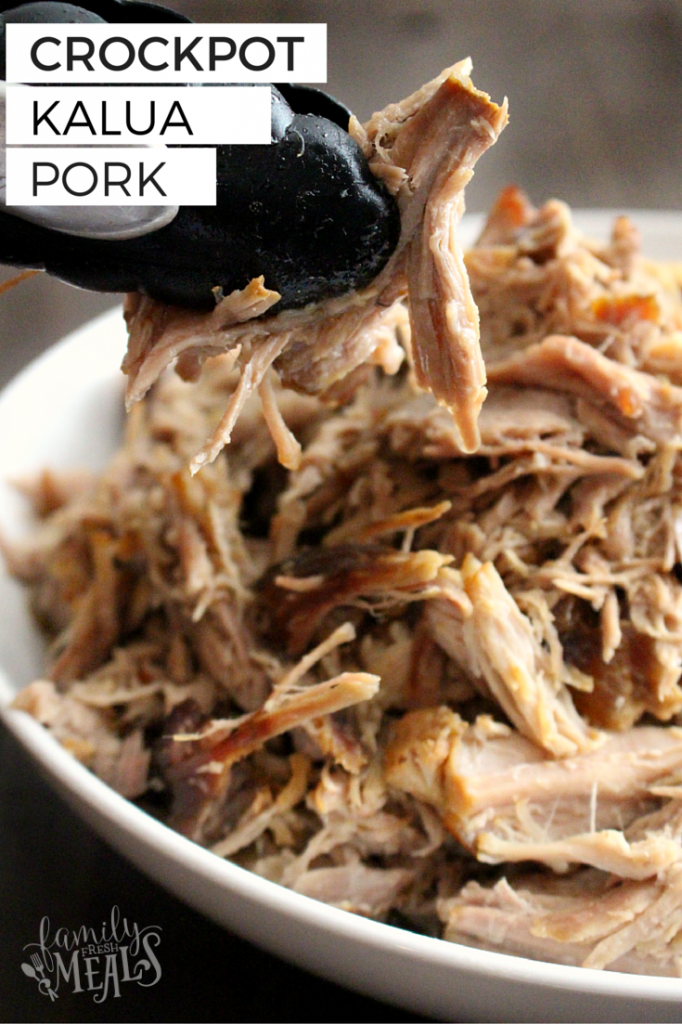
3 Ingredient Crockpot Kalua Pork

SWEETS


ADULT COLORING

CRAFTS
thanks, Maryanne
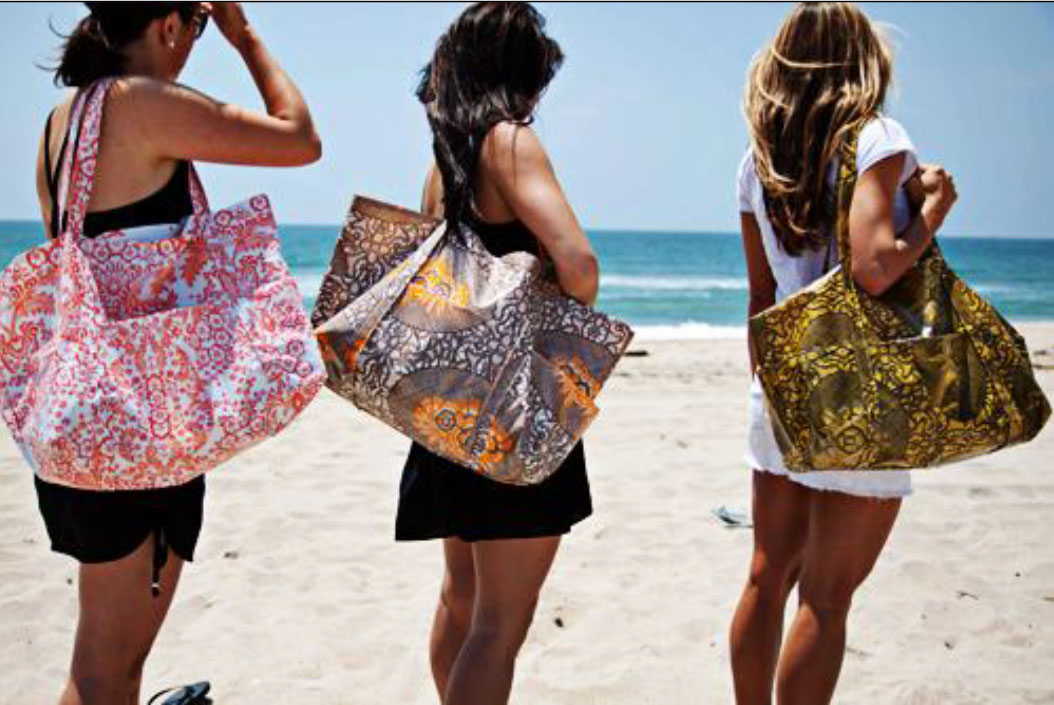

CHILDREN'S CORNER
thanks, Iris

PUZZLE
WORD SEARCH
| aglow agonize barge bees beige | cabbage cabinet conceal created creep decide desire display donor | flinch fling freak gross herbal hubbub | jelly live maple polite | reduce resolve schedule smoke sneak subjugate supplement |
SUDOKU
solution:

QUOTE


CLEVER


EYE OPENER
thanks, Ava


No comments:
Post a Comment